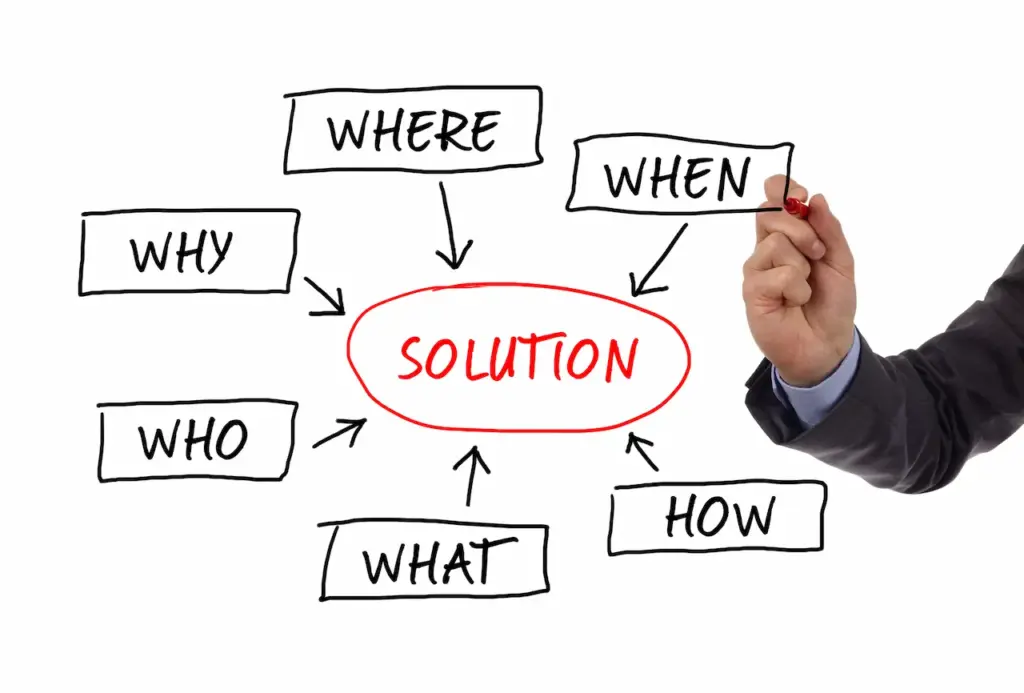The Secret to Complete News Stories
Have you ever been captured by a great storyteller? Who can transport you into another world with words? What makes them stand out from the crowd? Why are their stories so compelling to you? When and where do you typically hear these stories?
You may have learned about The Five Ws and One H if you’ve ever taken Journalism101. This concept may be useful to the rest of us when writing news articles or interview questions. You can use this concept to write better news releases since they should contain news.

Think about it for a moment. You might have thought of your favourite author, an inspiring teacher or a charismatic pal. No matter who you think of, it’s clear that storytelling is an art form with the power to captivate and connect.
How can it be used to communicate effectively in an industry that is dominated?
Storytelling is a skill that you need to develop if you want to engage with the people around you. While it may appear to be a vague concept, storytelling has been a vital part of human communication for thousands of years.
Let’s explore the 5 W’s and one H of how to complete news stories and how it helps people create compelling stories.
What are the 5 Ws & H?
The 5 ws & h strategy, or 5W1H, is used by journalists, investigators, and project managers to ensure a comprehensive understanding of a topic and effective communication. The 5W1H strategy involves a series of questions that are asked to collect essential information on a topic or situation.
The five Ws and one H are: Who, what, why, when, where, and how. Why is it important to know the Five Ws, and One H? Purists in journalism will say that your story won’t be complete until you have answered all six questions. This is hard to argue, as missing one of these six questions will leave a gap in your story. This concept is useful for many writing situations, even if you are not covering the current news.

If you’re not sure what you’re looking for, let’s look at the information you’d want to collect with the Five Ws & One H when reporting on the Three Little Pigs.
- Who was involved? Who was involved? Wolf).
- What’s the story? The pigs built a different house from straw, sticks, and bricks. The wolf (allegedly) threatened them with blowing their homes over and it is believed that both the stick and straw houses were destroyed at this time. Pigs one and two managed to escape to the brick home, where they are currently. The local authorities are still to be contacted, but we believe the Wolf was injured when he tried to enter the house.
- What happened? It took place outside a straw, stick and brick house.
- When was it? When did it happen?
- Why did it occur? The Big Bad Wolf tried to eat the Pigs. Eyewitnesses recalled the Wolf taunting pigs by saying, “Little Pigs, Little Pigs, Let Me In.” He then destroyed the straw-and-stick homes. The pigs scoffed, saying, “Not by the hair of our chinny chins!” This angered him and he blew the houses down.
- What happened? The first two houses were probably not designed to withstand the powerful breath of the Wolf. Investigations are ongoing, but initial indications indicate that the Wolf may have fallen into a pot of boiling water while trying to enter the chimney.
This is a silly example but it shows how answering these six questions will help you gather all the necessary information to create an accurate report. If you’re preparing an interview question or a story outline, you might want to consider going through the Five Ws & One H. This will help you see if there is anything you have missed.
What are the advantages of 5W and 1H?
The 5 ws & h strategy has several benefits in different contexts.
- Clarity: The 5 ws & h method is a way to ensure that all pertinent information has been considered. It leaves no room for ambiguity and assumptions.
- Completion: This method ensures that all important aspects and details are covered, allowing for a complete understanding of the situation.
- Communication: The 5 ws & h method promotes communication between team members, stakeholders or investigators by using a framework of questions.
- Problem-solving Method: This method identifies areas of knowledge that need to be investigated further or gaps in existing knowledge, and allows individuals or groups to come up with targeted solutions.
- Efficiency: By systematically addressing the key questions, the 5 ws and h method streamline the information-gathering process, saving time and resources.

Why 5W’s are important?
In news reporting, the 5 W’s “Who, What, When Where and Why” are crucial because they cover the essential elements of any story. Answering these five questions will help you understand the essential elements of a story, allowing you to communicate effectively and create a coherent narrative. This approach ensures all important aspects of the story will be covered, and also provides a framework to add detailed information.
The 5 W’s & 1 H (How?) technique can be used to create news reports, and it is particularly useful for managing large projects. This technique ensures that all team members have a common understanding of project objectives and details. It also helps with communication clarity and consistency. You can achieve better organization, coordination and a shared vision by systematically addressing each of these elements.
What are the origins of the 5 Ws & H?
The 5 Ws and H approach to information-gathering originated as a tool to help journalists write their stories. Newspaper editors have a rule that journalists should answer these six questions in their lead paragraph.
The 5 Ws and H method is also known as the “reporter’s questions” in some professions.
Many journalists think that if they can answer the 5 Ws & Hs, they will be able to produce a compelling and accurate story.
Conclusion:
The 5W1H or 5Ws and H strategy is a powerful way to gather information, analyze situations and ensure effective communication. Asking the five key questions of Who, What, When, Where, Why, and How can help individuals and teams gain a thorough understanding of a subject and make informed choices.



